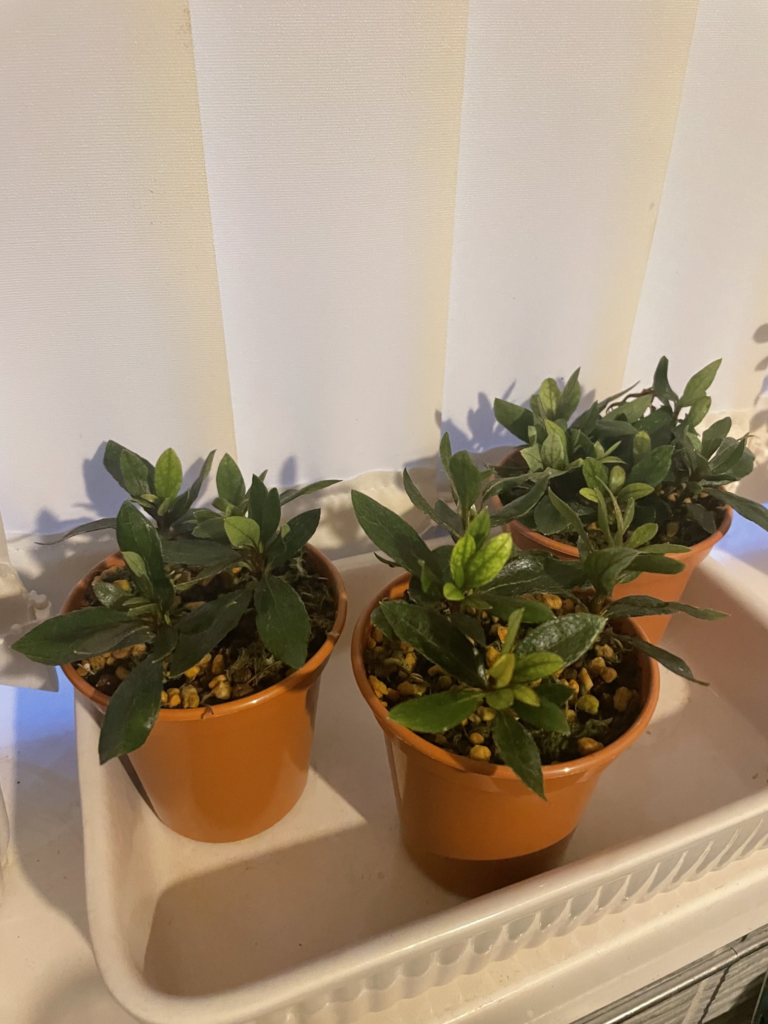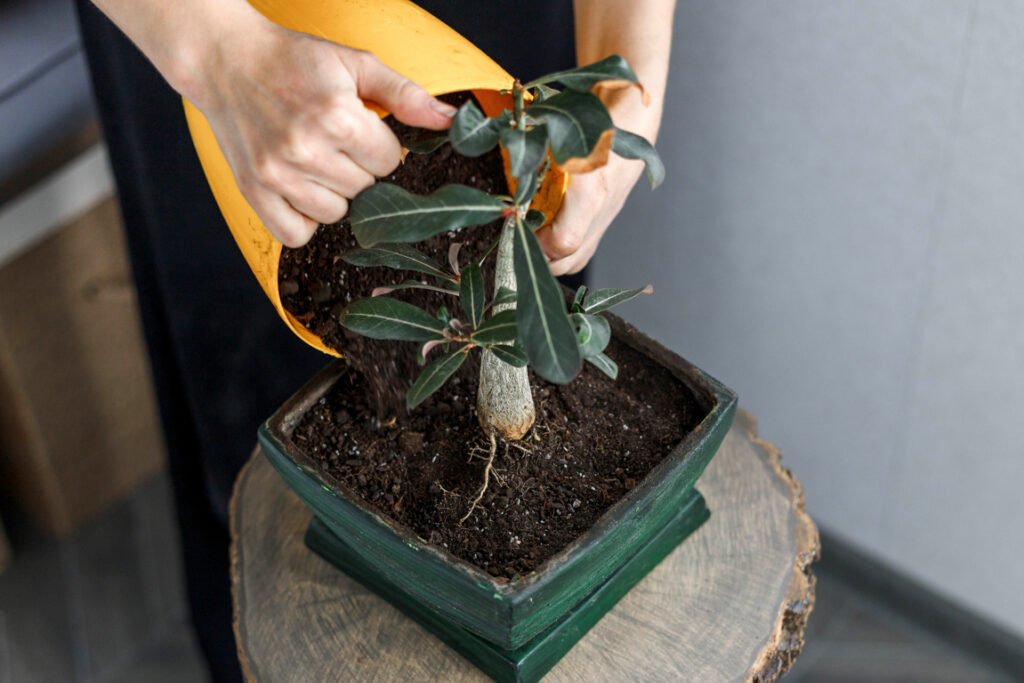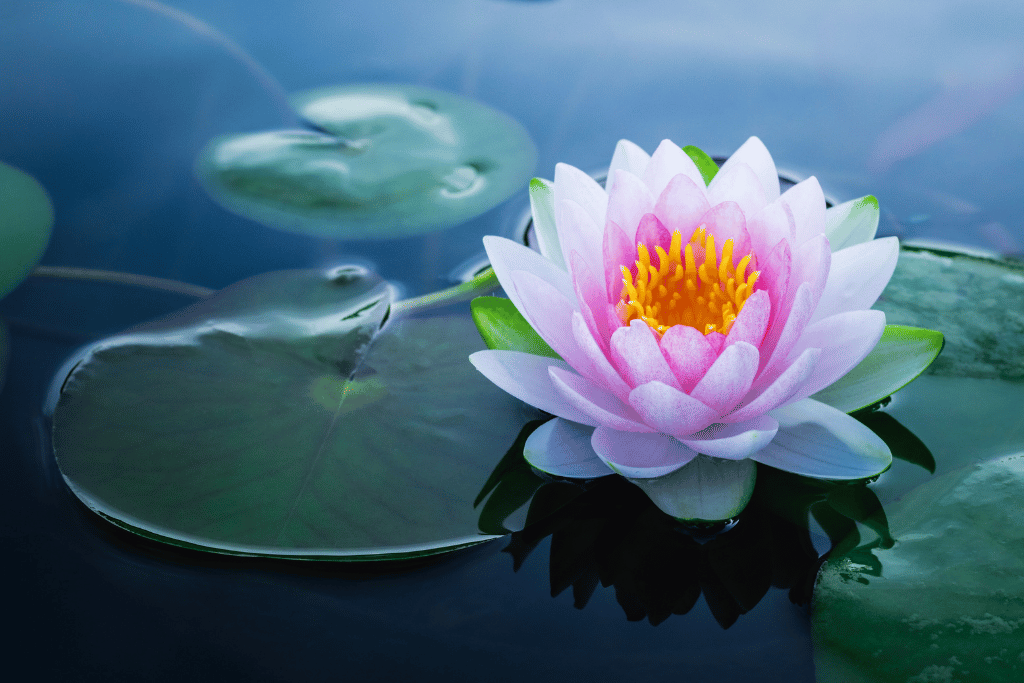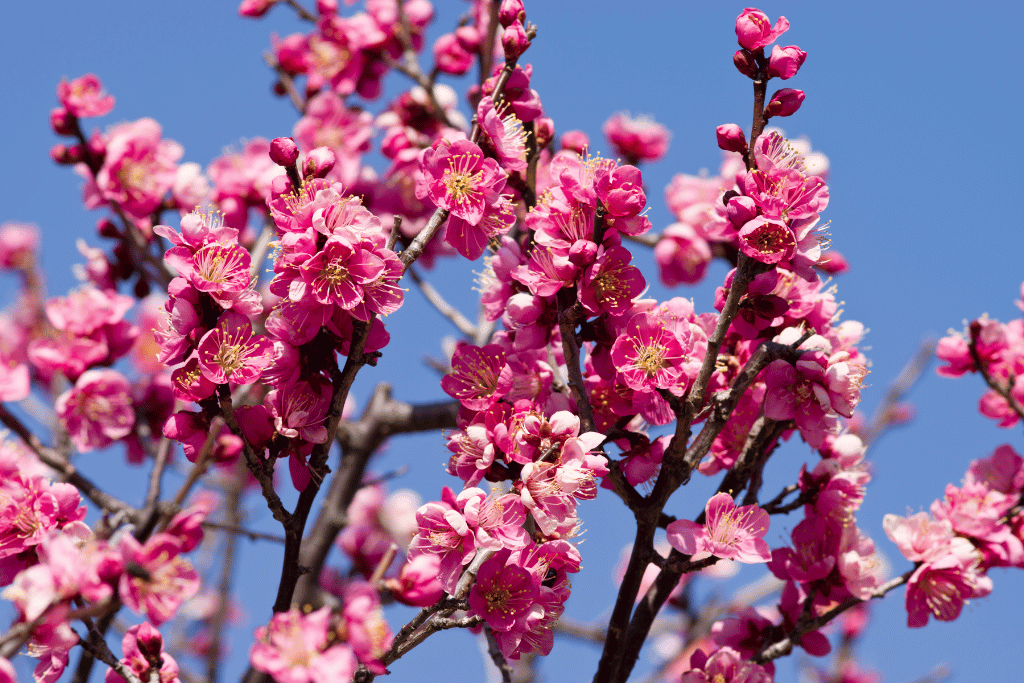If you’re like many other beginners and have just been gifted a bonsai tree or bought one for yourself – and you need help with what to do with it, then I’m here to help you. In this article, I’ll provide you with a general care guide outlining what you need to do to keep it alive and develop it, with some helpful tips.
The majority of trees will prefer to be kept outside in the warmer months. However, some indoor trees can be kept inside all year (but may benefit from being outside at warm temperatures). I’ve found that trees such as Chinese elm can grow outside and inside. However, they do much better outside all year and are hardy, depending on where you are in the world.

Light is a critical factor in how to keep your bonsai tree alive (and essentially any other plant!) as it is essential to carry out photosynthesis, producing energy for the plant. If you don’t give your bonsai enough light, this could lead to severe issues. Your tree might be brown or yellow, which will eventually lead to it dying.
This is why you need to find out what a good amount of light for your bonsai trees to receive is. Each species will differ, some requiring less or more or some requiring indirect or direct light. Most outdoor species require around six hours of full sun each day. However, some can tolerate less or need partial shade. So, do bonsai need a lot of sun?
Here are some popular species and how much sunlight they require each day:
- Maples – partial shade, with around 5-6 hours of light per day
- Junipers – full sun, with 4+ hours of light each day
- Pines – full sun, with 6 hours of light per day
- Beech – full sun, with 6 hours of light each day
- Chinese elm – full sun / partial shade, with 5 hours of light per day
- Azaleas – partial shade, with 6 hours of light each day
Watering
Another critical factor combined with light is watering. If you aren’t watering your tree well enough, this can lead to it dying very quickly. You should water your bonsai thoroughly, ensuring the water reaches all of the root mass.
I like to water the tree for ten seconds and then leave it for a minute before returning and watering it for another ten seconds. This makes sure that it has received a good amount of water.
Overwatering can also be a problem, though. You should be aiming for the soil to be moist, not completely wet, all the time. I only water my trees when the soil is slightly starting to dry out. Never let the soil dry out completely, as this can quickly kill tree.

An excellent way to check when you need to water is by poking your finger an inch deep into the soil. This is a very accurate and good way that I use to test when to water my trees. You can also use a wooden chopstick by poking it in and seeing how much moisture is on the chopstick.
If you have underwatered your tree, I recommend submerging your tree and pot in the water, leaving it in there until it has stopped bubbling. This ensures that the soil has received a good amount of water, and I repeat this every time I water until I’m confident it’s on its way to recovery.
If you have overwatered your tree, I recommend that you completely stop watering it until it starts to dry out. To remind you, you should never let it completely dry out. Continue watering like normal. However, you should take note of the soil’s moisture before you do.
Fertilising
Plants love food too! They need it, especially in a bonsai pot. I’ve said this quite a few times now, but think about this. You’ve taken a tree that usually grows in nature, with lots of access to soil and nutrients, and put it into a small bonsai pot where the only care it’s receiving is from you and the light.
This is why you need to fertilise regularly (in the growing season) to ensure the tree is thriving. Bonsai need fertilising every 7-10 days in the growing season to drive growth and ensure the plant’s general health.
You can use a wide variety of fertilisers. However, I like to use tried and tested ones like Naruko or Biogold. These are specialist Japanese fertilisers made specifically for bonsai, which can be expensive too. However, you can use any regular garden centre fertiliser if the NPK (Nitrogen, Phosphorous, Potassium) ratios are good.

Nitrogen drives growth in the plant, phosphorous helps with flower bud formation and fruit, and potassium helps with the movement of water and nutrients in the tree. All of these macronutrients are essential for the tree, and a lot of fertilisers will also contain micronutrients that will help the tree’s health.
You should be careful not to over-fertilise, as this will burn the roots and kill your tree quite quickly. By overfertilising, you won’t allow the roots to absorb enough water for the tree to survive.
If you think you have over-fertilised your tree, you should submerge it in water to remove all excess fertiliser. Hold off on fertilising it until you’re confident that the tree is healthy again.
Pruning
Pruning can be pretty scary to some beginners, as they believe that chopping away at their tree is a terrible idea. It’s an excellent idea, as long as it’s at the right time and in the right amount.
Pruning will encourage growth while helping you design your bonsai, so make sure you give that tree a haircut! Different species will have different times when you should prune them. Maples are typically done from November to January to prevent the bleeding of sap, while junipers are pruned in spring.

You should be fine if you don’t remove too many of your branches! Make sure you use sterile and sharp cutters when pruning, as this will help the tree recover and prevent infection.
Pests and Disease
One of the most heartbreaking things to see in bonsai is noticing that your tree is suffering from a disease or an infestation of pests.
Many common pests include aphids, vine weevils, and spider mites. They all have distinctive signs, such as aphids. They secrete honeydew which is quite sticky and shiny on the leaf, and they usually bunch together.
You can get rid of a pest infestation using neem oil or a combination of dish soap and water, which is much more environmentally friendly than a pesticide. Pesticides will kill helpful insects in the garden, such as bees or ladybirds, which pollinate your trees for you and kill any pests!
Some common diseases of bonsai include rust, black spot, mildew, and canker disease. To treat these, you can generally use a fungicide which should get rid of the infection soon. However, some diseases may require specialised treatment. Conditions such as canker disease are incurable. However, the tree will be able to survive given the proper care.
If one of your trees has a disease, I recommend quarantining it from the other trees to prevent the spread.
Repotting
Put that trowel and soil down! Many beginners are tempted to repot their bonsai as soon as they get it – but this is a terrible idea. If it’s not the correct time, you should only be repotting your tree if it’s suffering terribly from something such as being extremely root-bound, lacking water permeability, or something stuck in its root ball.
The optimal time for repotting is usually in early spring – depending on the species. Some species like to be repotted earlier in the year, while some require that you do it later.

When repotting, you should be very careful with the roots. Even if it’s a species that does not have fragile roots, you should always be careful. Taking too much root off at once or damaging the roots significantly can kill the tree very quickly, and I’ve unfortunately experienced this before.
You should work the roots down over the years (unless you’re planning on developing it) if you’re trying to fit it into a bonsai or display pot.
Take note of the soil used as well. Many commercial garden centres will use heavy soil such as potting compost. This is very good at holding water – which is a bad thing for a lot of bonsai.
It would be best if you aimed for well-draining soil but still able to hold onto some water. Many people use Akadama, a widely used soil in bonsai, as it’s been tried and tested for hundreds of years and is very useful. Some other soils include pumice, lava Rock, grit, and Kanuma, especially for trees that prefer acidic soils such as azaleas.
Wiring
Wiring is essential in maintaining the appearance of a bonsai. You need those carefully placed branches and a lovely trunk to make a good bonsai.
So, how are you meant to do it? When applying wire, you should apply it at a 45-degree angle between coils. You should also ensure that none of your wire is crossing, as this can restrict water movement in the cells and cause branches to die – or even the trunk if it’s pretty thin.
You should never uncoil the wire with your hands when taking the wire off. Instead, opt for some wire cutters. This ensures you don’t damage the branch, especially the bark. Cut the wire at the same point on each coil, and it should seamlessly fall off.
You should also use the correct wire for the species. Some species (like conifers) prefer copper wire to aluminium wire, as their branches can be hard to hold in place and require a bit more strength. However, some species, such as azaleas, prefer aluminium wire as their branches are much easier to set.

Both types of wire have their advantages and disadvantages. Aluminium is cheaper than copper wire, and it’s easier to work with and remove. Copper can be more expensive than aluminium wire, and it’s pretty stiff to work with, so you might waste a bit more while trying to learn how to work with it.
I usually buy my wire in bulk in different sizes. Thinner branches will require a smaller gauge of wire, while the thicker branches will need a thicker gauge of wire, such as 3mm.
When wiring, you should check every month or so to ensure the wire isn’t biting into the bark. If so, you should immediately remove it to prevent any scarring, which could damage the tree and make it look quite unsightly.
Frequently Asked Questions (FAQ)
How can I tell if my tree isn’t getting enough light?
Some common signs of insufficient light are the browning or yellowing of leaves. When a tree is not receiving enough light, it’s not able to photosynthesise as much, which means it’s producing less energy to work with.
Can a tree get too much light?
Yes. Some trees cannot handle direct light for long periods, which may burn their leaves and cause curling. I’ve found this accurate, especially on maples, which have pretty sensitive leaves. However, some species, such as junipers, can tolerate direct light for relatively long periods, which can be quite beneficial to them.
What if my tree is indoors?
If it’s an indoor tree, it still requires a good amount of light. However, if you cannot provide enough light, you can use grow lights to help the tree get enough light. Many people who keep indoor bonsai do this, and I know some people who use it to propagate plants inside, as it can be helpful.
Are there any trees that don’t require a lot of light?
When I’m asked this question, the species that first comes to mind would be ficus. While I have a little experience with ficus, I know it to be an excellent beginner’s tree that can be kept all year indoors and only requires a little light.
So, how much sunlight do bonsai trees need?
Overall, giving your bonsai trees around six hours of light each day is a good rule of thumb. Some species will prefer more or prefer some shade, but you should research your specific species to make sure that you’re providing it with the best conditions.



